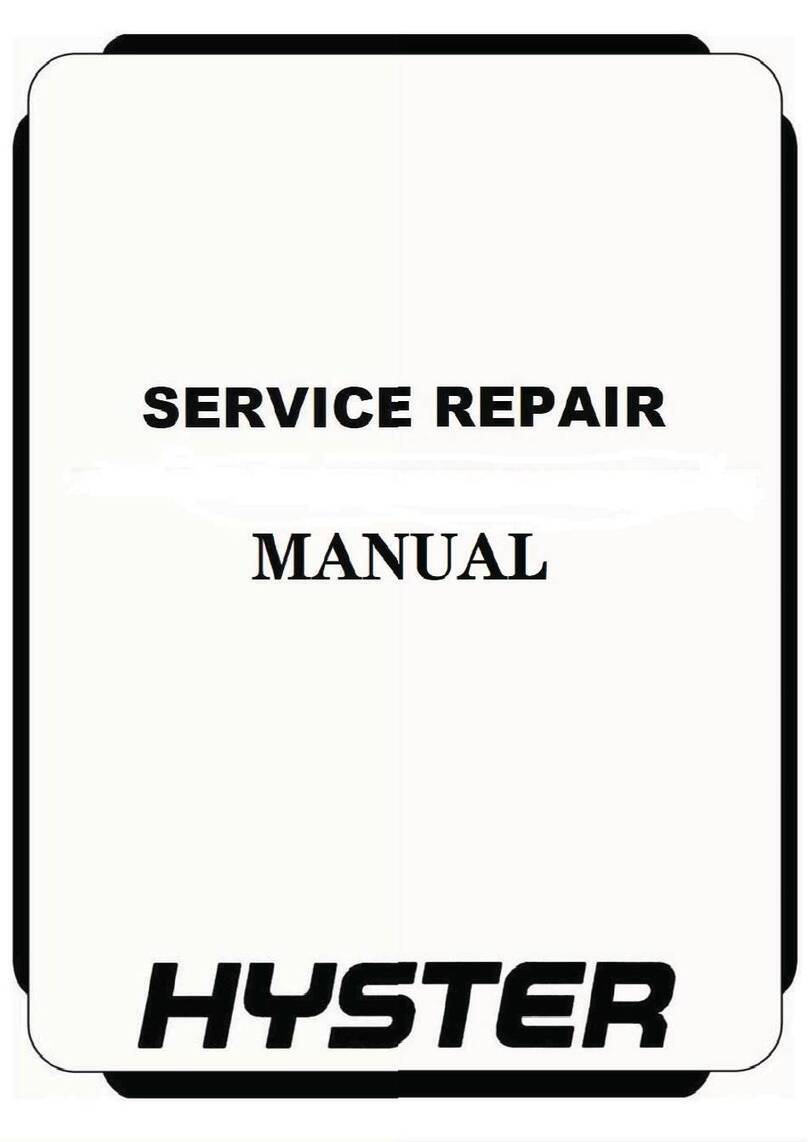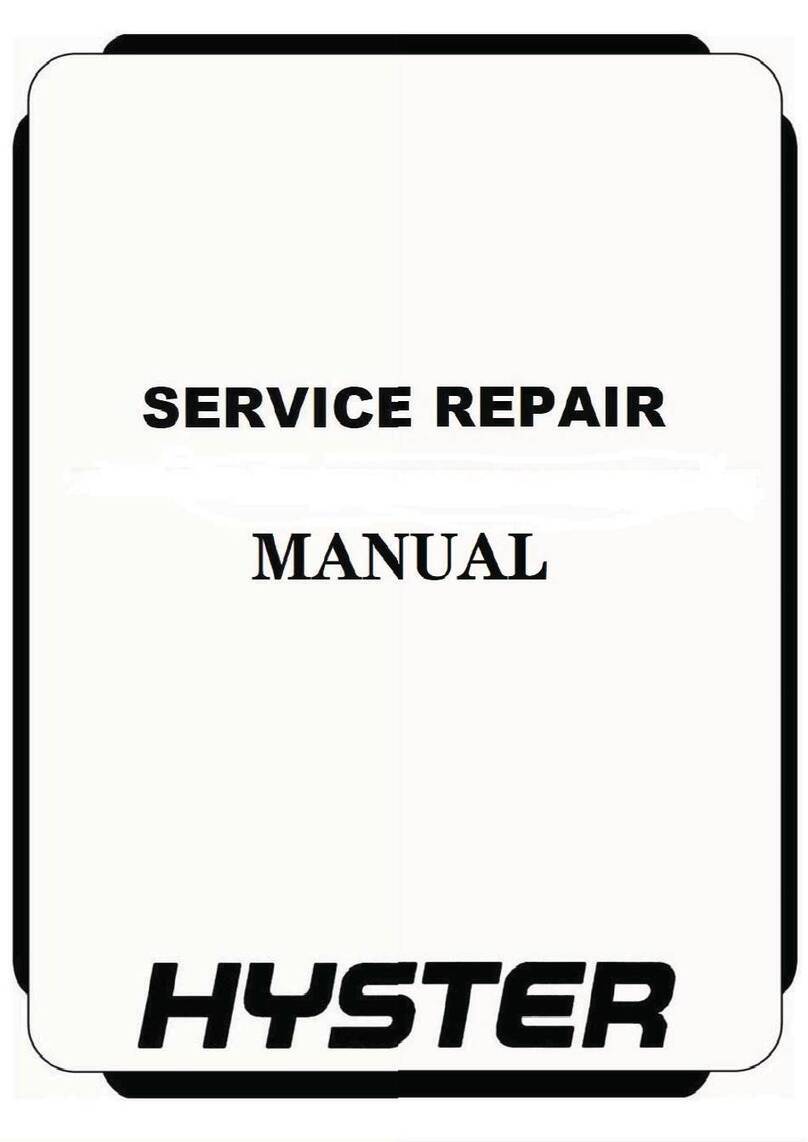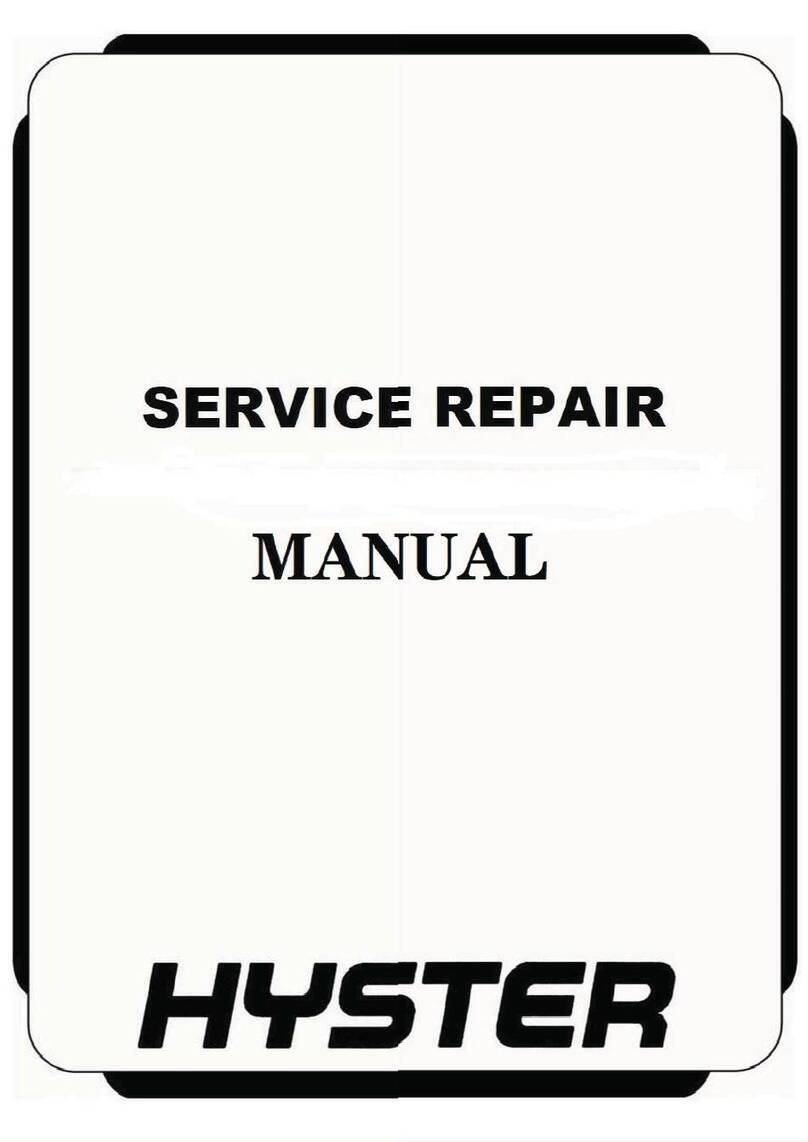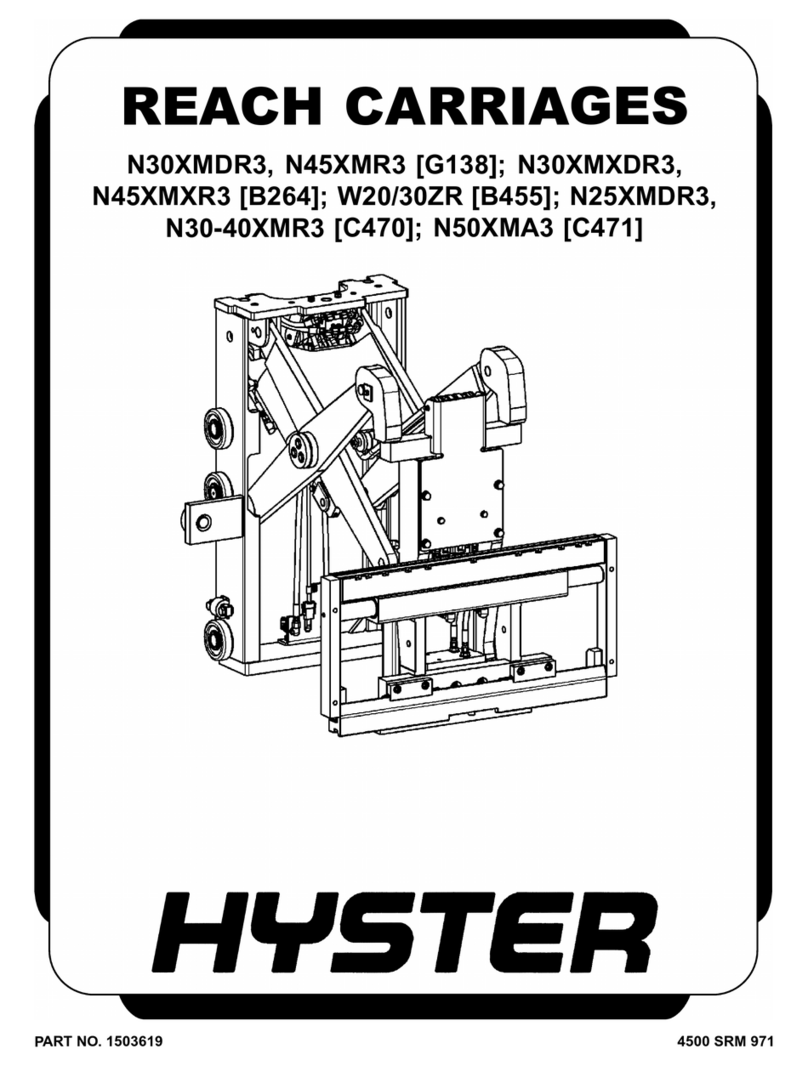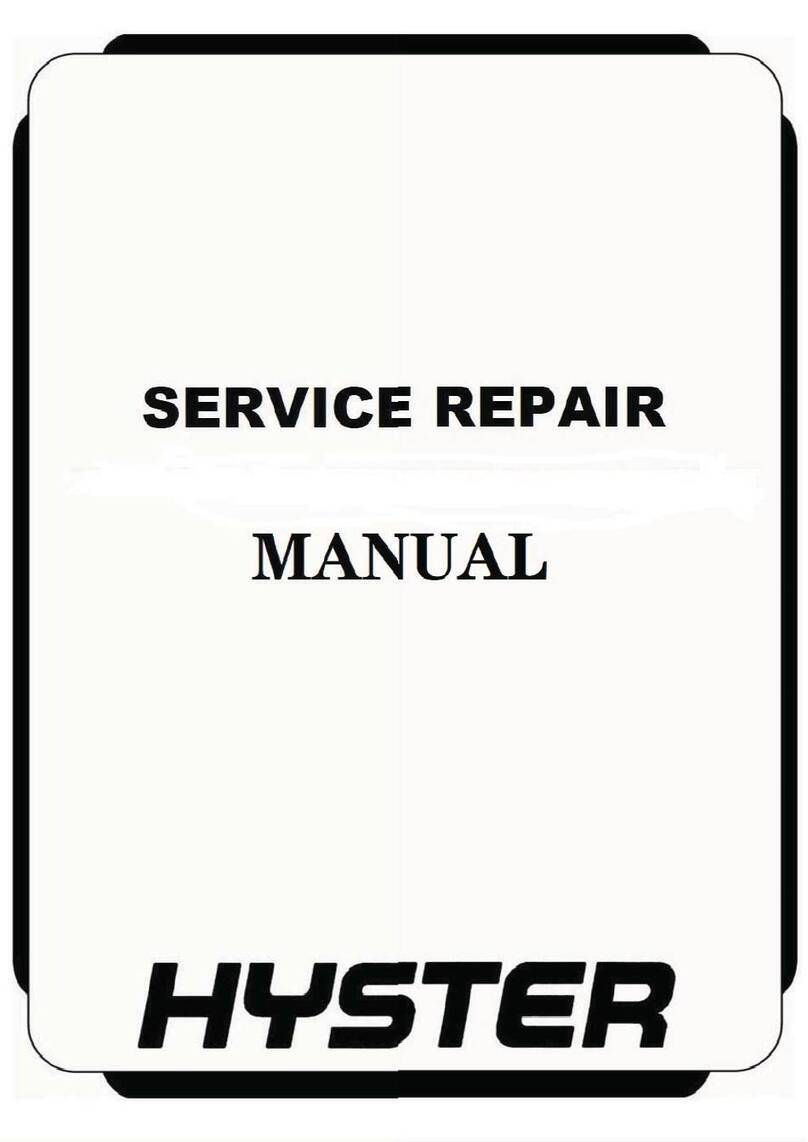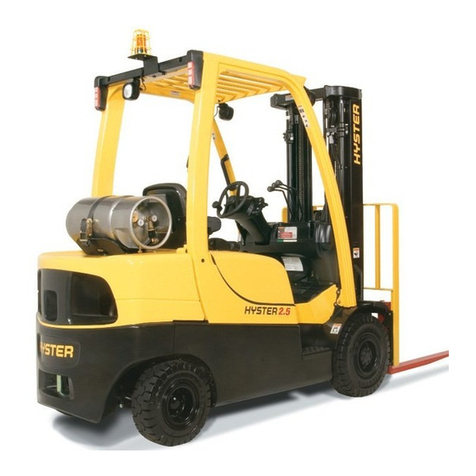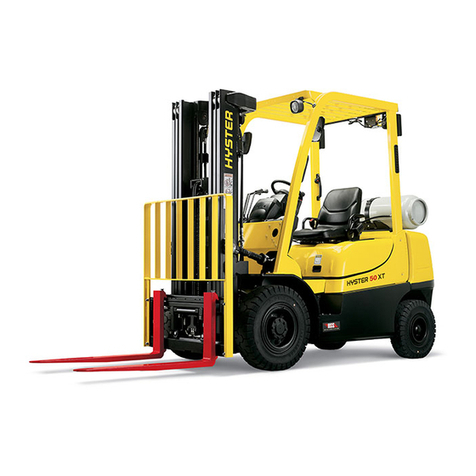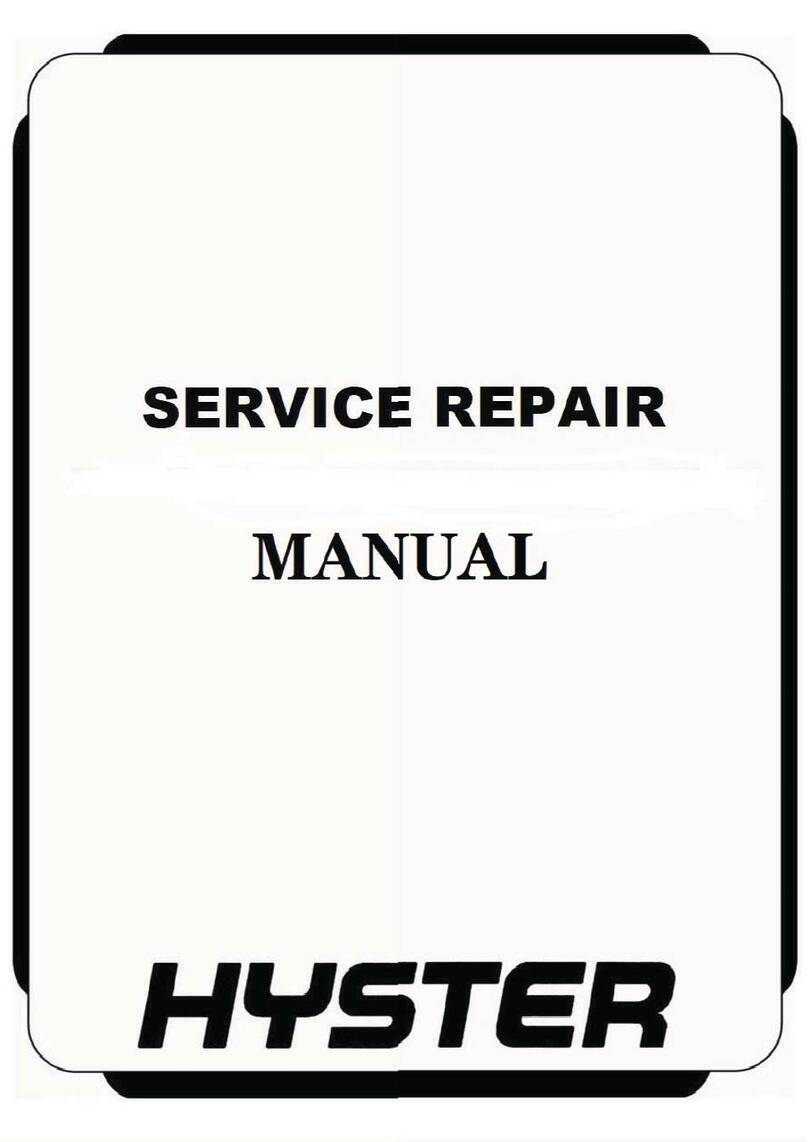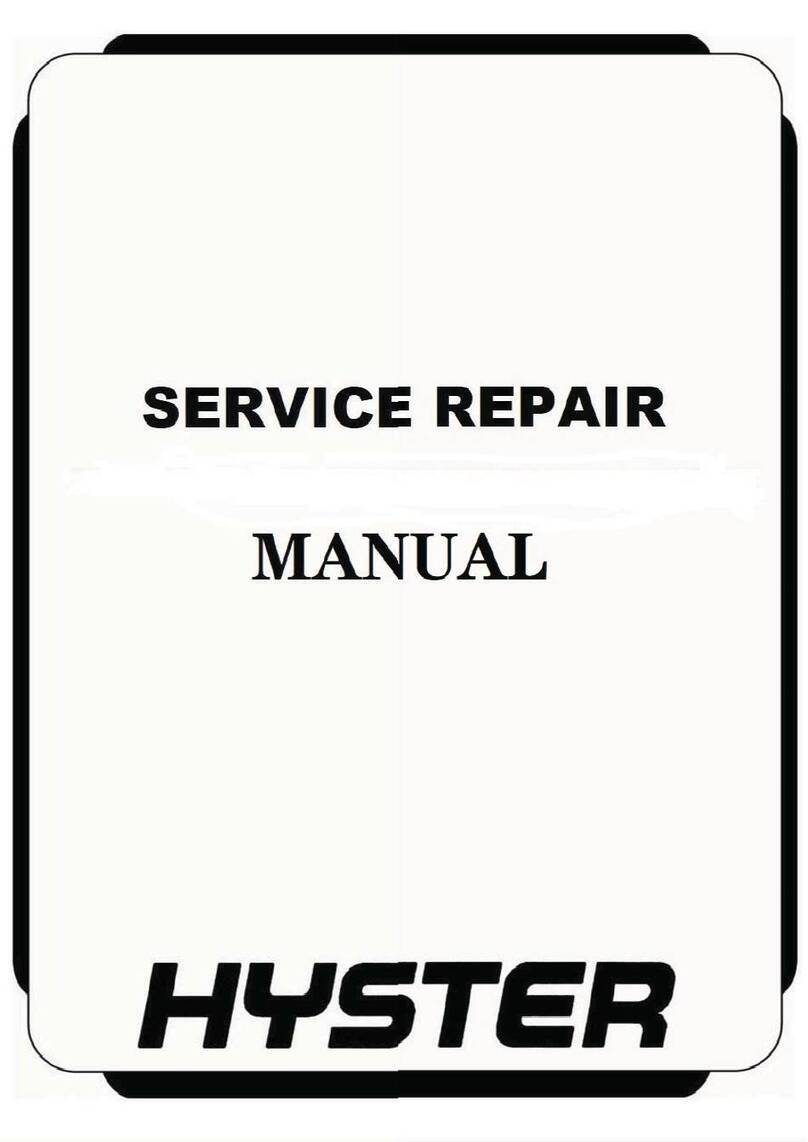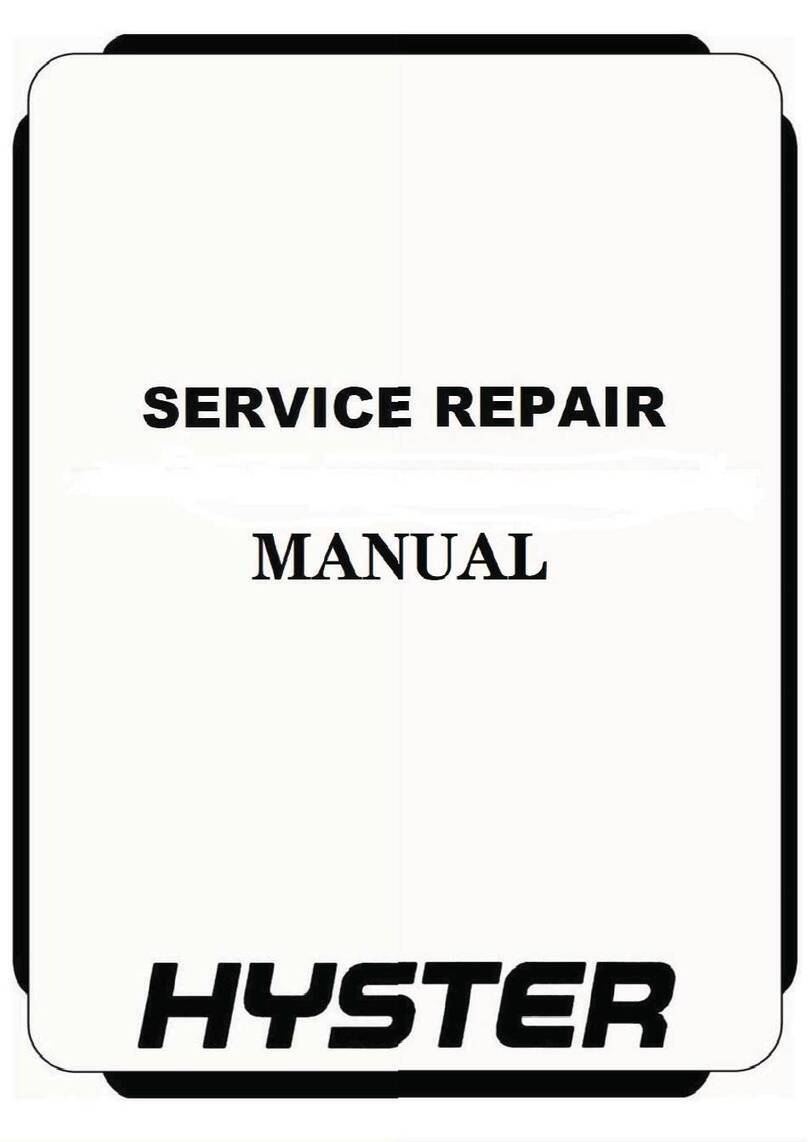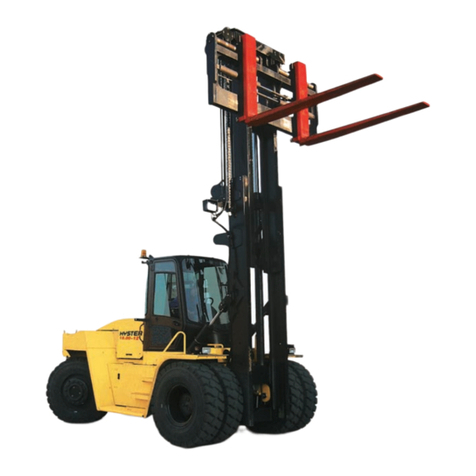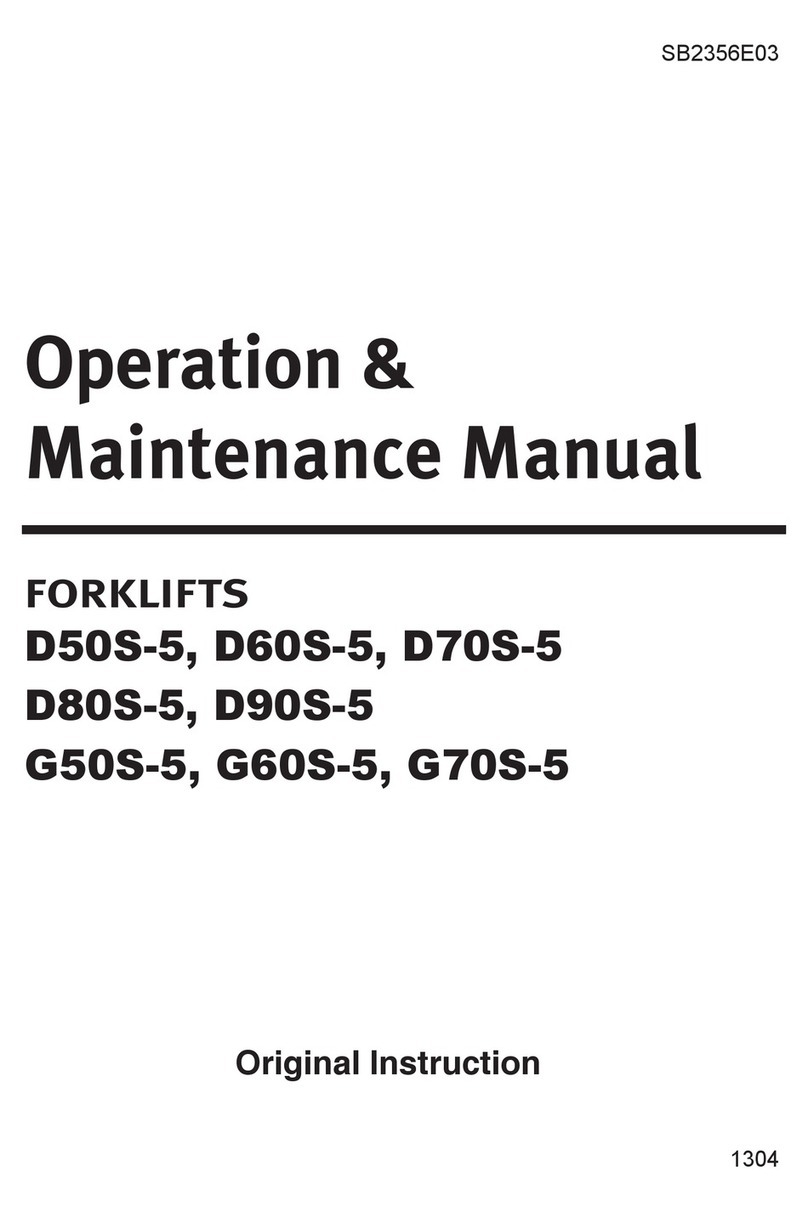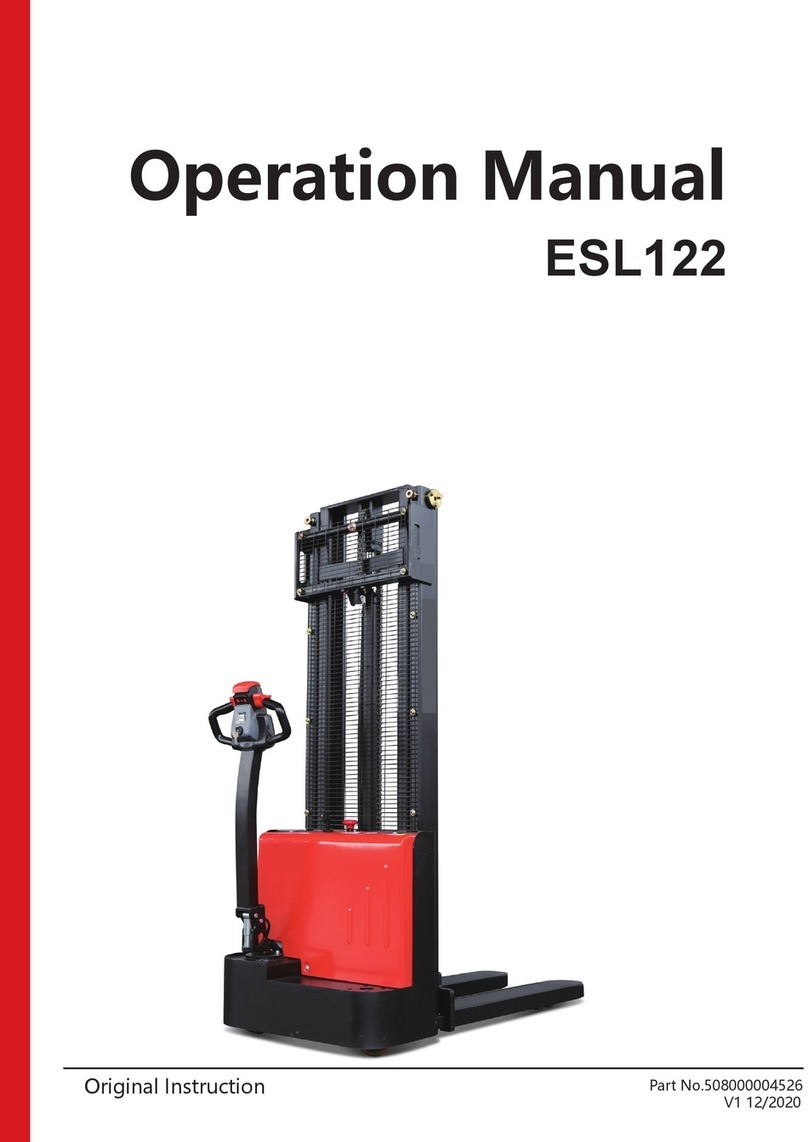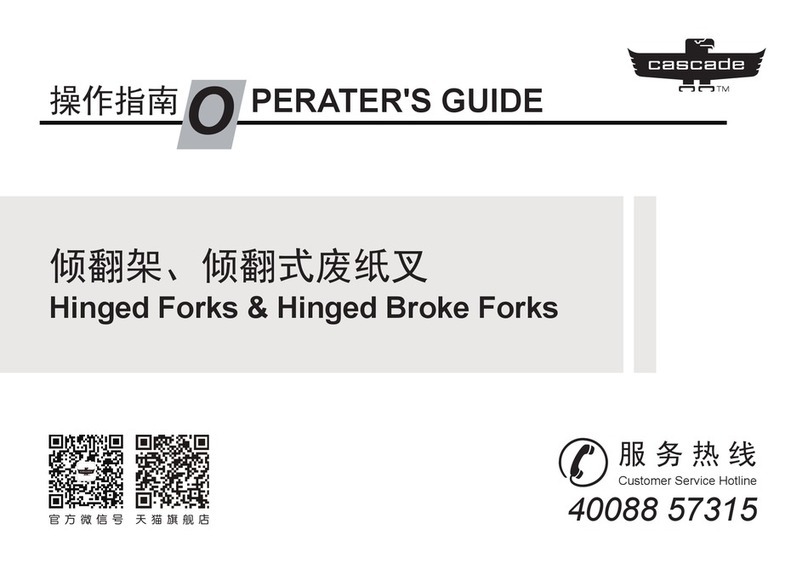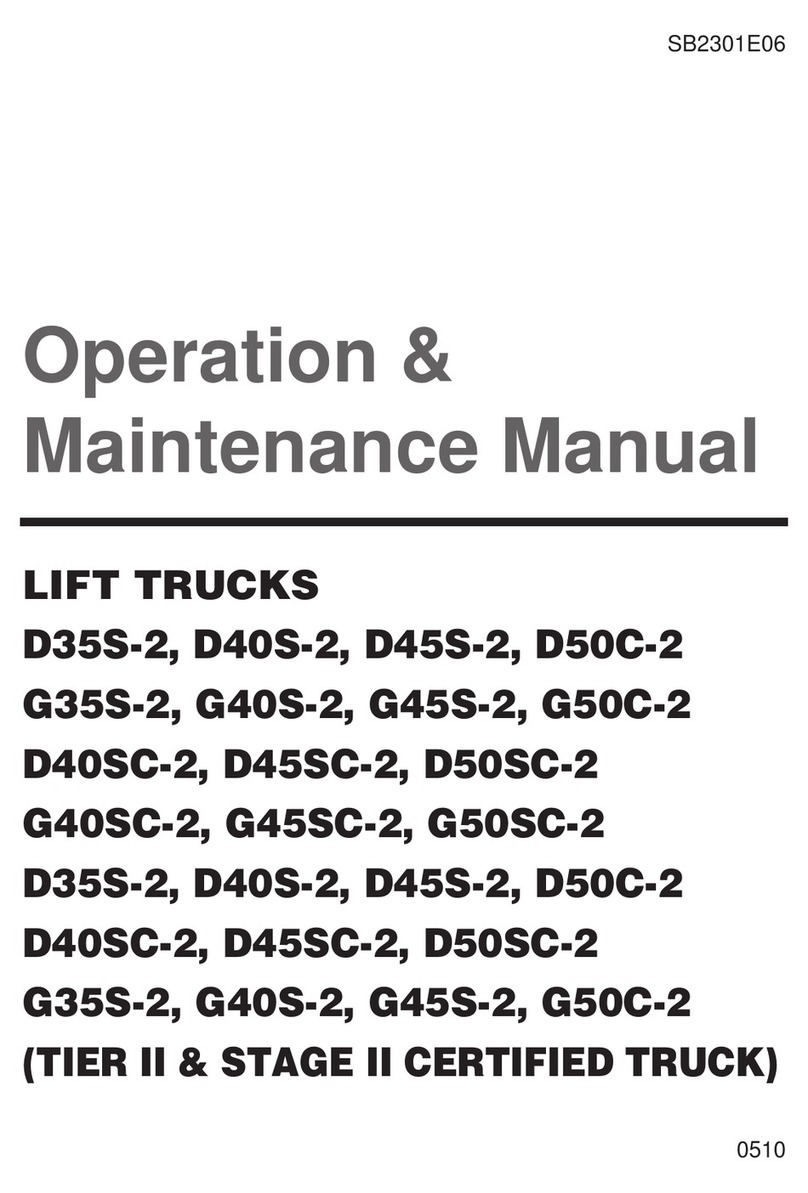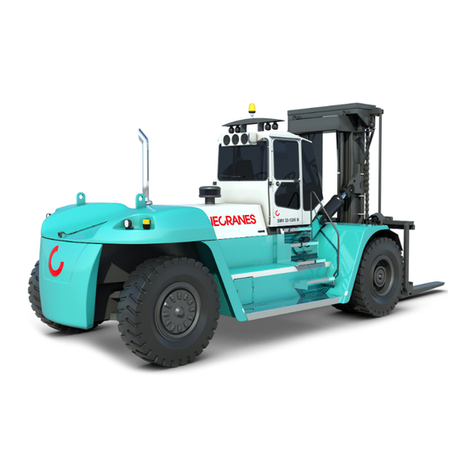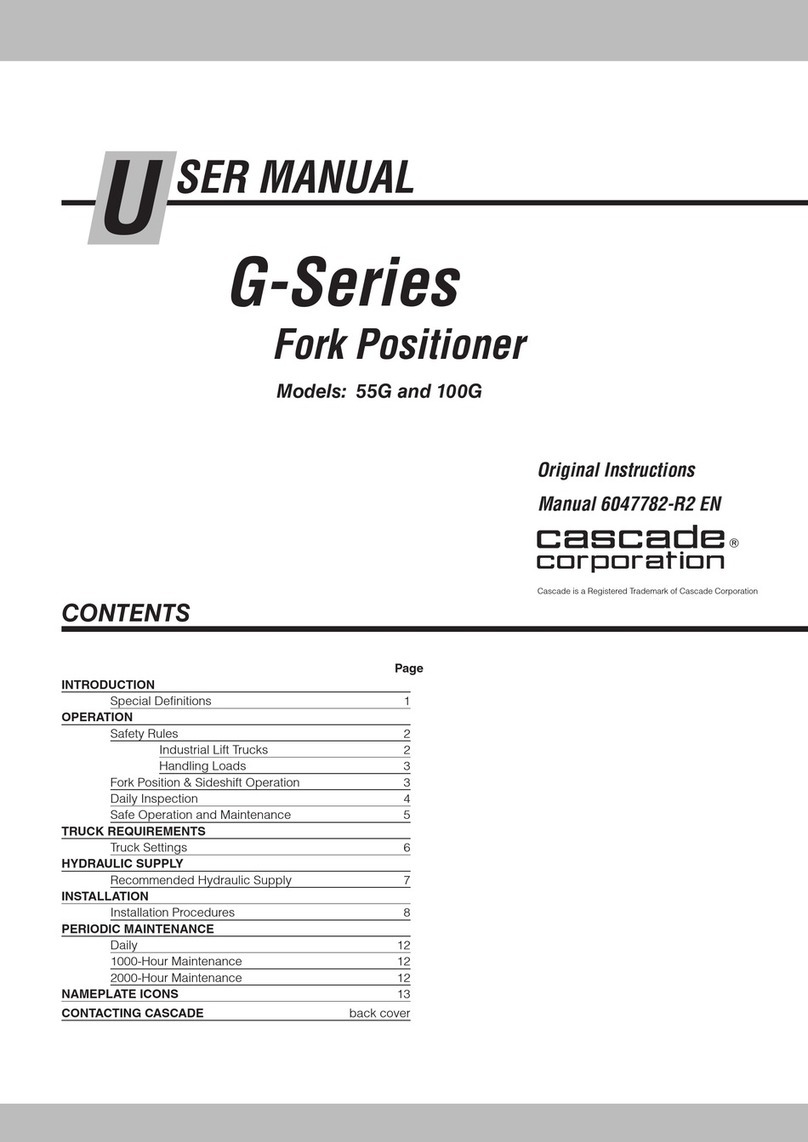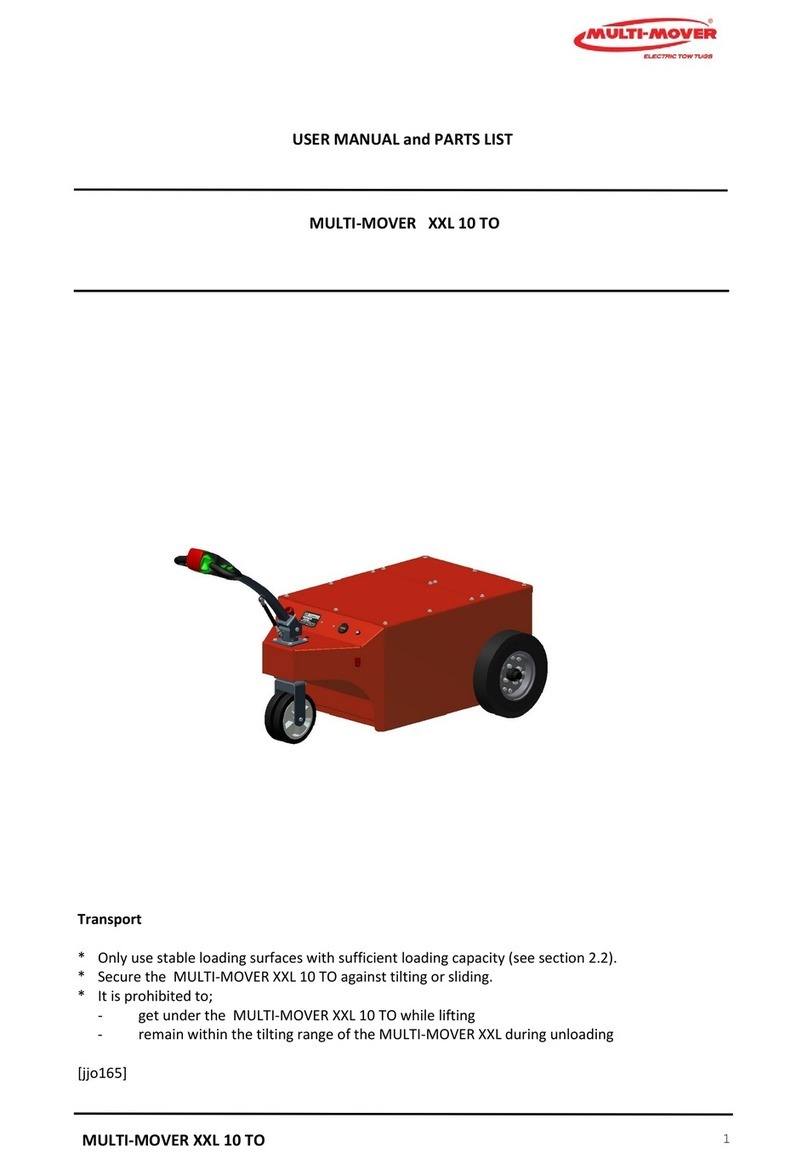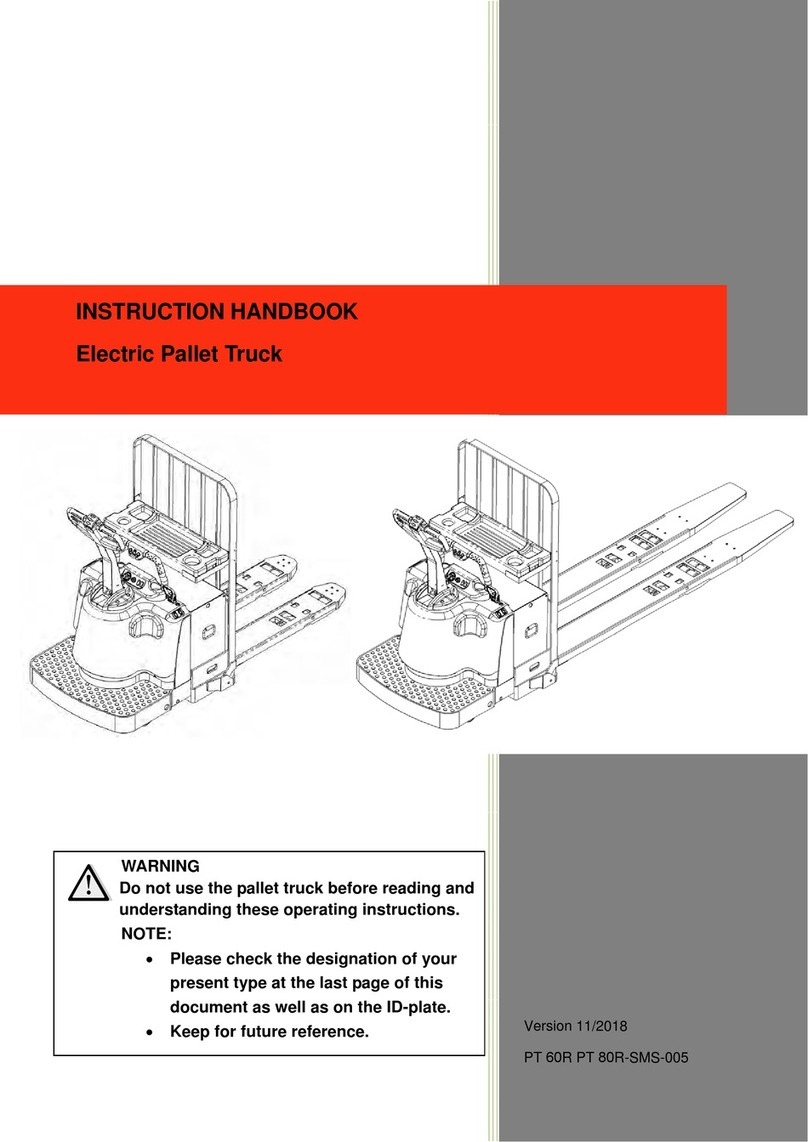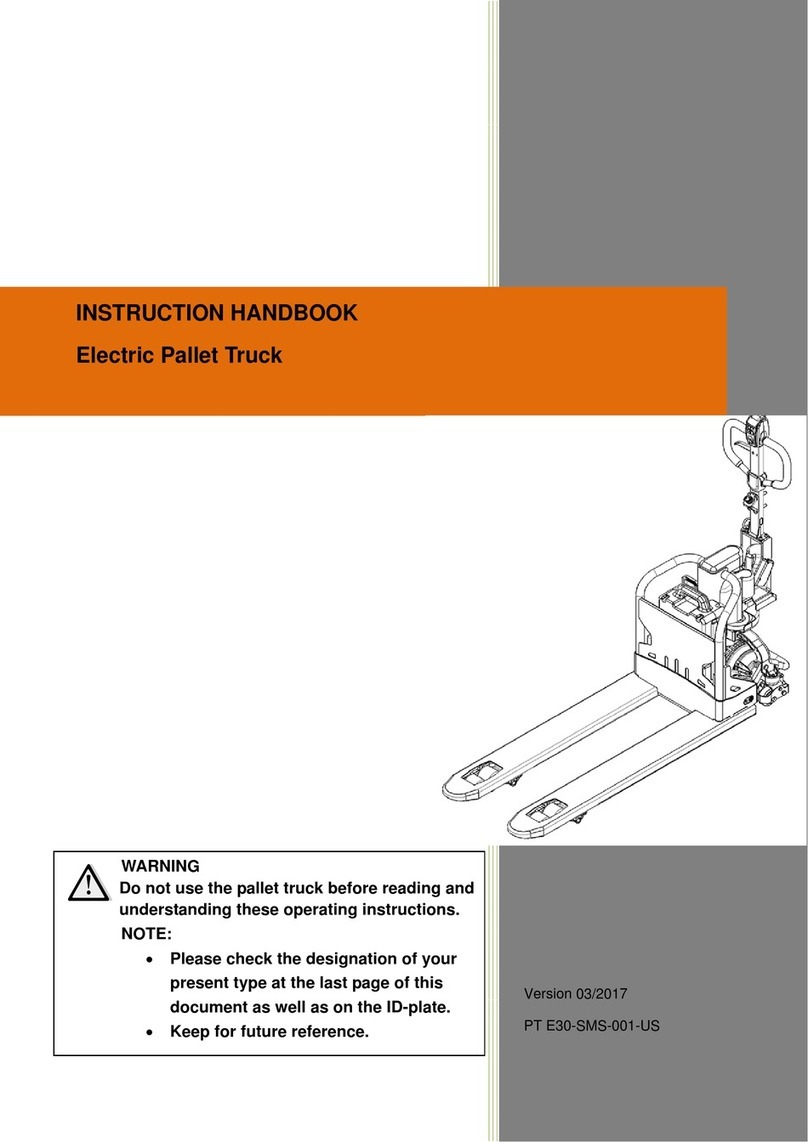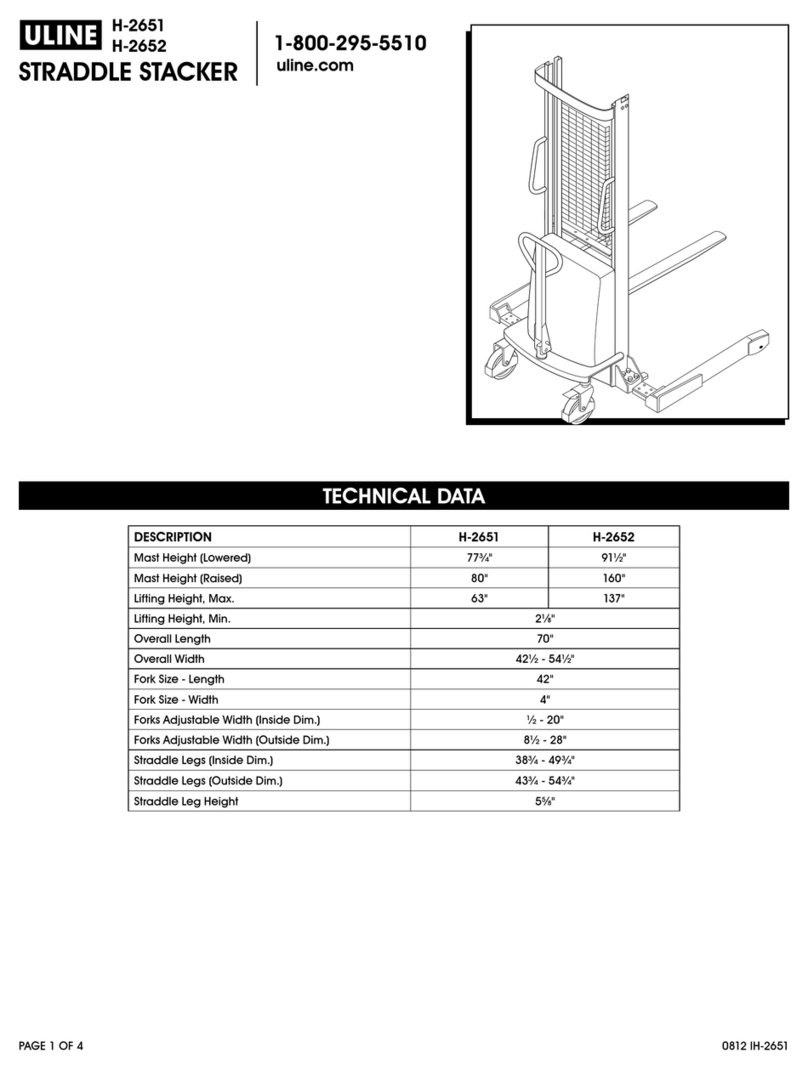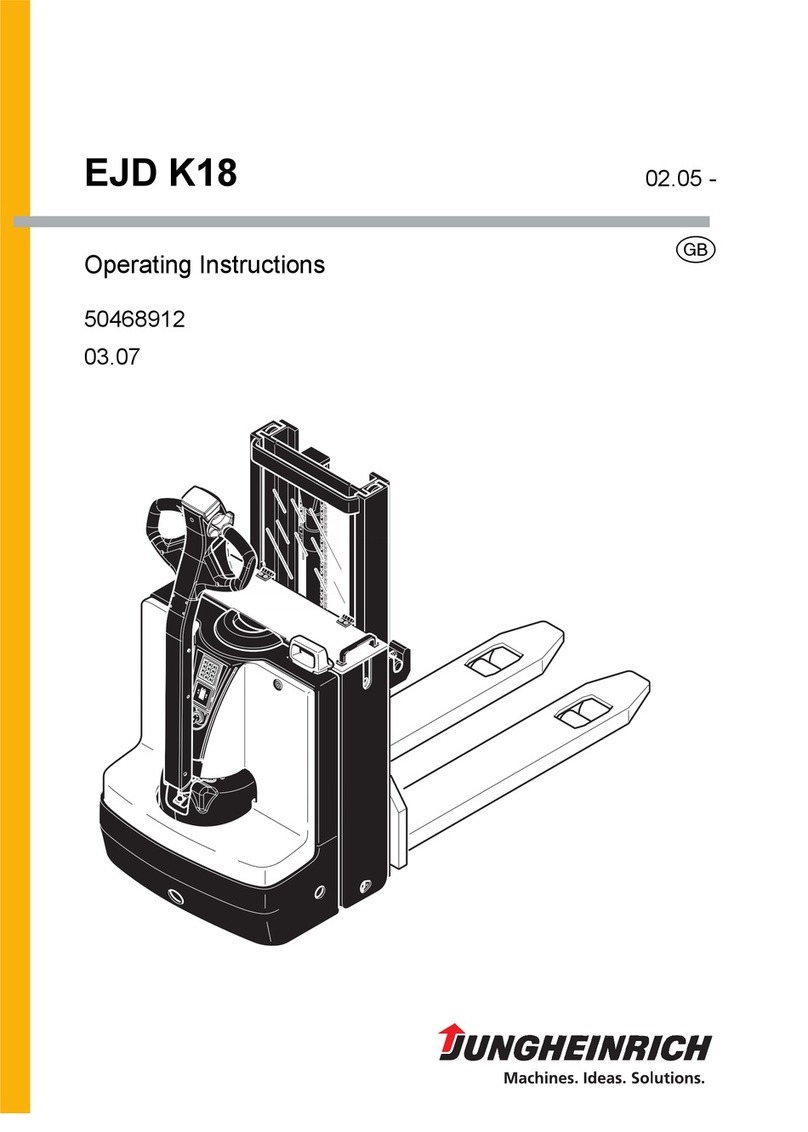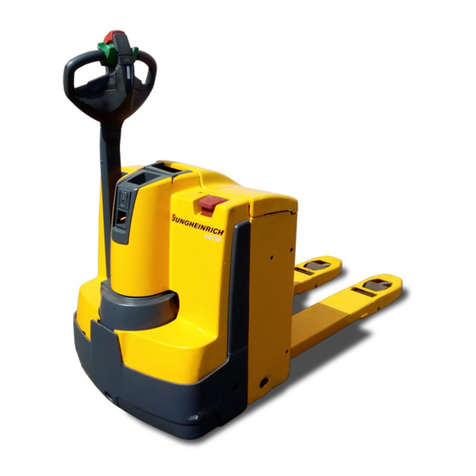
©2014 HYSTER COMPANY
TABLE OF CONTENTS
General .....................................................................................................................................................................1
Discharging the Capacitors ................................................................................................................................ 2
Major Electrical System Features ..........................................................................................................................3
Integrated System ...............................................................................................................................................3
CANbus Advantages ...........................................................................................................................................3
CANbus Communications .................................................................................................................................. 3
Electric Steering ............................................................................................................................................. 3
Centering Proximity Sensor ...................................................................................................................... 3
Traction ........................................................................................................................................................... 4
CAN I/O ...........................................................................................................................................................4
Input Devices ..............................................................................................................................................4
Output Devices ........................................................................................................................................... 4
Encoder Integrity ................................................................................................................................................ 4
Test Encoders ......................................................................................................................................................5
Proximity Switches ............................................................................................................................................. 5
Key Switch ...........................................................................................................................................................5
Multifunction Displays ....................................................................................................................................... 5
BDI .......................................................................................................................................................................5
Speed ....................................................................................................................................................................5
Steer Angle .......................................................................................................................................................... 6
Truck Hours ........................................................................................................................................................ 6
Operational Mode ................................................................................................................................................6
Setup ........................................................................................................................................................................ 6
Setup Instructions ...............................................................................................................................................6
ACE0 Traction Control Unit .......................................................................................................................... 6
Normal Operation ............................................................................................................................................... 6
Display .............................................................................................................................................................6
Password Access ......................................................................................................................................... 6
Startup Checklist ....................................................................................................................................... 7
Truck Operation Mode ............................................................................................................................... 7
Diagnostics .......................................................................................................................................................... 8
Power-On Self-Test .........................................................................................................................................8
Interlocks ........................................................................................................................................................ 8
Setup Menu Diagnostics .................................................................................................................................8
Calibration ...............................................................................................................................................................9
Traction Throttle .................................................................................................................................................9
AC Traction Motor Controller ...............................................................................................................................10
Controller Removal ........................................................................................................................................... 10
Install .................................................................................................................................................................10
Low-Voltage Protection Function .....................................................................................................................10
Contactor and Electrical Panel Checks ................................................................................................................11
Fuses ..................................................................................................................................................................11
Contactors ..........................................................................................................................................................12
General ..........................................................................................................................................................12
Test ................................................................................................................................................................12
Tips ................................................................................................................................................................13
Disassemble and Assemble .......................................................................................................................... 13
Traction Throttle Sensor Removal and Installation ........................................................................................... 14
Instrument Panel Removal and Installation .......................................................................................................16
Key Switch Removal and Installation ..................................................................................................................16
Table of Contents
i


